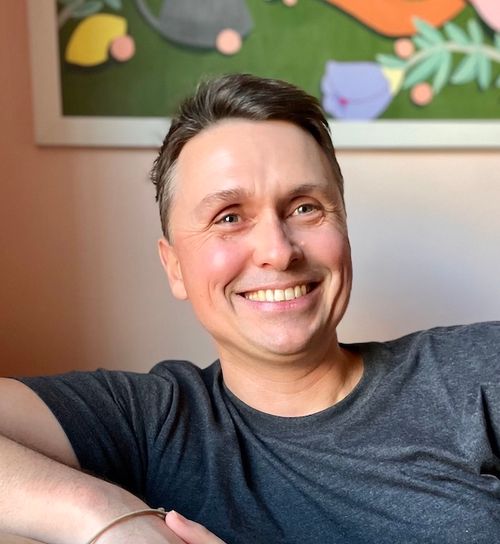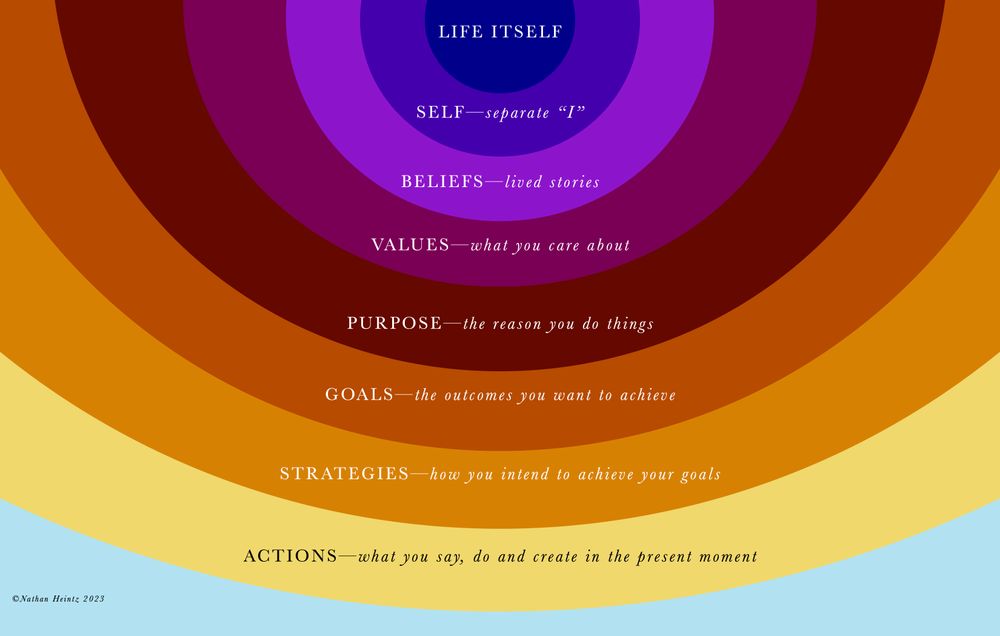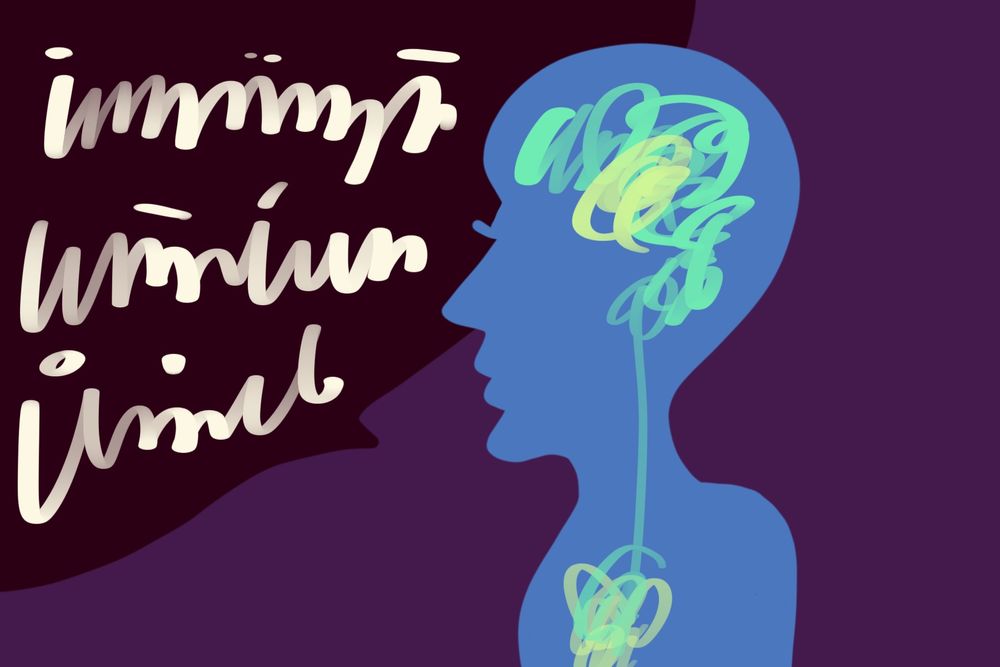I first discovered meditation when I was in my early 20s. A young friend of mine named Max invited me to an early morning meditation group in his dorm room. 5 of us would meet and sit for about 50 minutes, and then discuss our experience. He later told me that his meditation was taught at a Cha’an Buddhist monastery in Northern California called the City of 10,000 Buddhas.
My early experiences with meditation, and spiritual practices led me at some point to a group called The Art of Living. The Art of Living is a spirituality and meditation organization led by a guru named Sri Sri Ravi Shankar (not to be confused with Norah Jones’ dad), who teaches a simple yet very powerful breathing technique called the Sudarshan Kriya, or as his students know it, ‘the Kriya’.
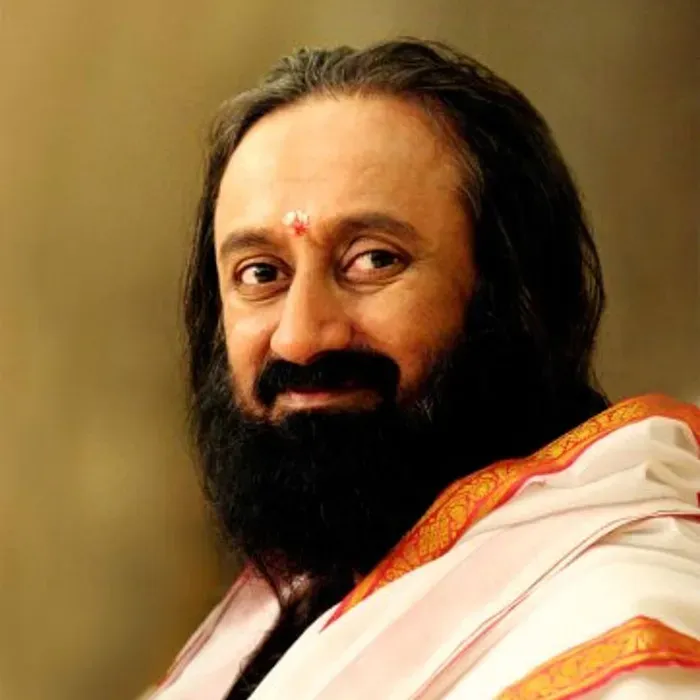
The Kriya involves sitting cross-legged and holding your arms in various positions while doing deep and rhythmic breathing exercises. The impact, while not necessarily so for everyone, can be very intense. I personally had a life-changing experience unlike anything I had ever experienced before. As I got deeper into the breathing, it was as if my whole body became saturated in cool, vibrating light, and a point of awareness was vertically circling or orbiting my body (down the back and up the front) at about a 3ft distance. I experienced something inside me relax deeply and had an overwhelming emotional release. I uncontrollably wept and sobbed harder than I ever had before. I was apologizing profusely, to myself, to others, to God. I had encountered a depth and truth of myself that I had been out of touch with since childhood, perhaps infancy.
At one point during an Art of Living workshop, the instructor said, “This is the highest intelligence in the world.” I took that with a grain of salt. But I knew, and I don’t think other Art Of Living folks would disagree: it’s not the Kriya that’s of high intelligence, but the breath itself.
Although I didn’t join The Art of Living’s League of Minions (their organization can be kind of cultish), I did continue practicing, and I’ve always been curious to take it to the next level. To be honest, I was a bit intimidated to go full bore into something so intense. Also, while I’ve danced with a few, at the end of the day I have a die-hard aversion to cults.
Almost 20 years later, in January of 2016, I was living at Tassajara Zen Mountain Center (shots out to my fellow cult members), deep in the mountains of Big Sur, on another life-changing spiritual journey, and one of my California monk friends says, “did you hear about that guy that climbed Everest in shorts?”, and I said something like “Yeah fucking right.”

Now when I realized that Wim Hof actually did climb Everest in shorts, to 22,500’ (the summit is 29,000’ and change) and that his secret was a “breathing technique”, I immediately thought of two things: the Sudarshan Kriya and the Harvard study that I had heard about years before documenting Tibetan monks who stay out naked in the freezing cold drying wet sheets with only their body heat using a technique called Tum-mo.
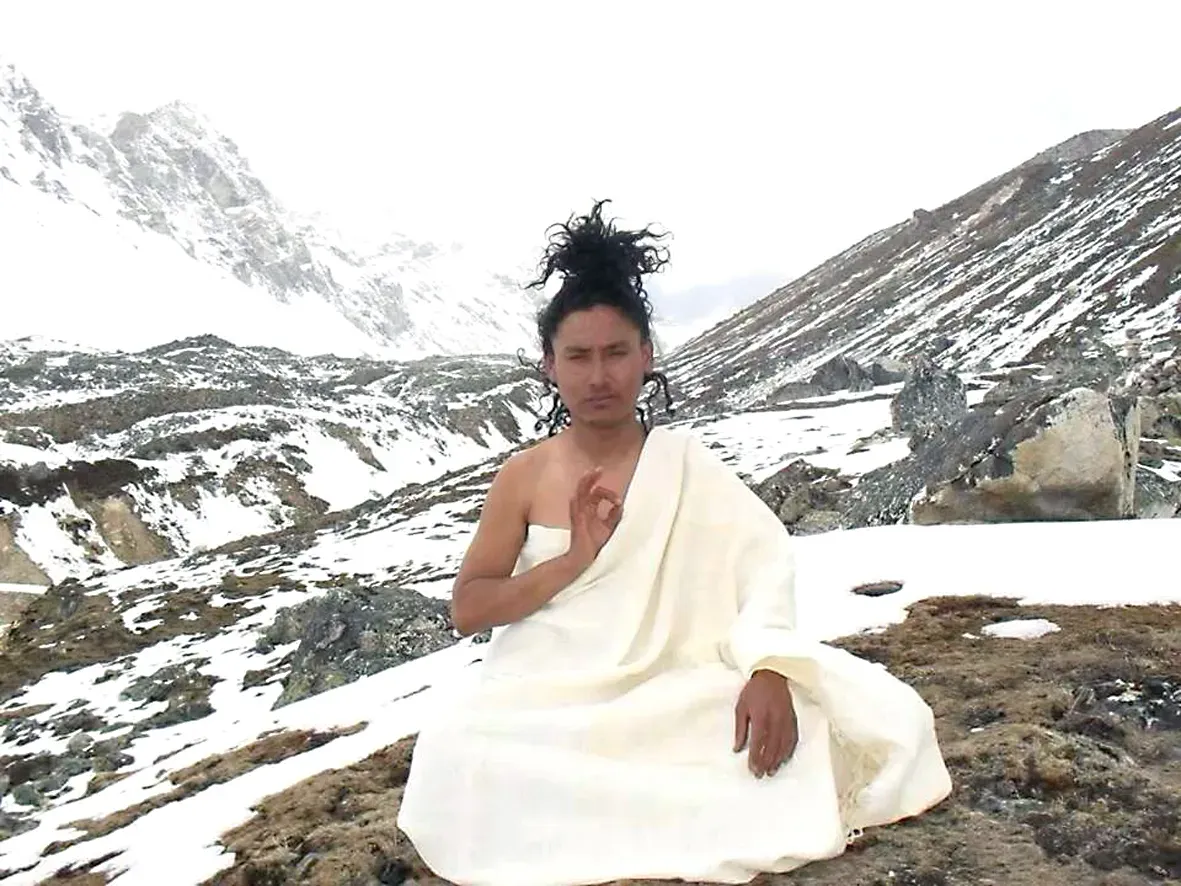
As it turns out, Wim Hof learned his technique from the Tibetans. But still, to think that a Westerner had cracked the practice of mind control, collaborated with the scientific community to document things that have long been considered humanly impossible by modern science, and was teaching this method openly. This blew my mind. So I looked up the practice, and it’s incredible how much information you can find on the interwebs. So I tried it.
I found that it was astonishingly similar to the Kriya, but with a few notable exceptions:
First off, the Wim Hof method involves taking freezing cold showers for 10 minutes at a time and doing push-ups while holding your breath.
Second, the Wim Hof method does not involve saying “Om”, being Buddhist or Hindu, or contain any other religious content. He’s stripped it down from its Eastern origins to its raw, secular, dry Western bones. He’s fully appropriated it. He even named it after himself. Genius. Lets move on.
Third, the Kriya basically gets you high on breath and leaves you there to meditate in the bliss of your oxygen-saturated soul. This is wonderful and good, but it won’t help you control your immune response or body temperature. The Wim Hof variation on Tum-mo, on the other hand, incorporates a few subtle techniques including some strategically-timed breath-holding that trick your blood vessels into dilating and trigger chemical changes in your brain and endocrine system that basically make you heat up and feel like super man, saturating your whole body in a sense of relaxation and calm. I also found that, similar to the Sudarshan Kriya, I had access to a profound stillness and clarity of mind.
So, here we are in the midst of late-industrial dystopia, plagued by greed and destruction, and anyone with access to youtube can learn the ancient secrets of mind-over-matter. Let’s pay homage where homage is due. I’m really excited to learn some Tibetan Tummo via Wim Hof.
I don’t know about you, but I think it’s time to answer the call and do a little 30-day self experiment.
Shots out to Simon Scotting for the challenge.
For more on the science of Wim Hof, check out this awesome video:

